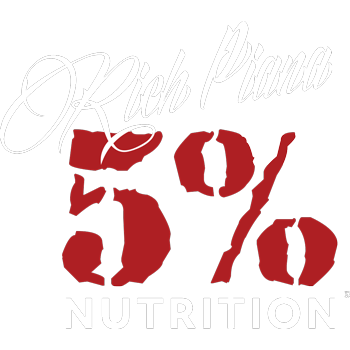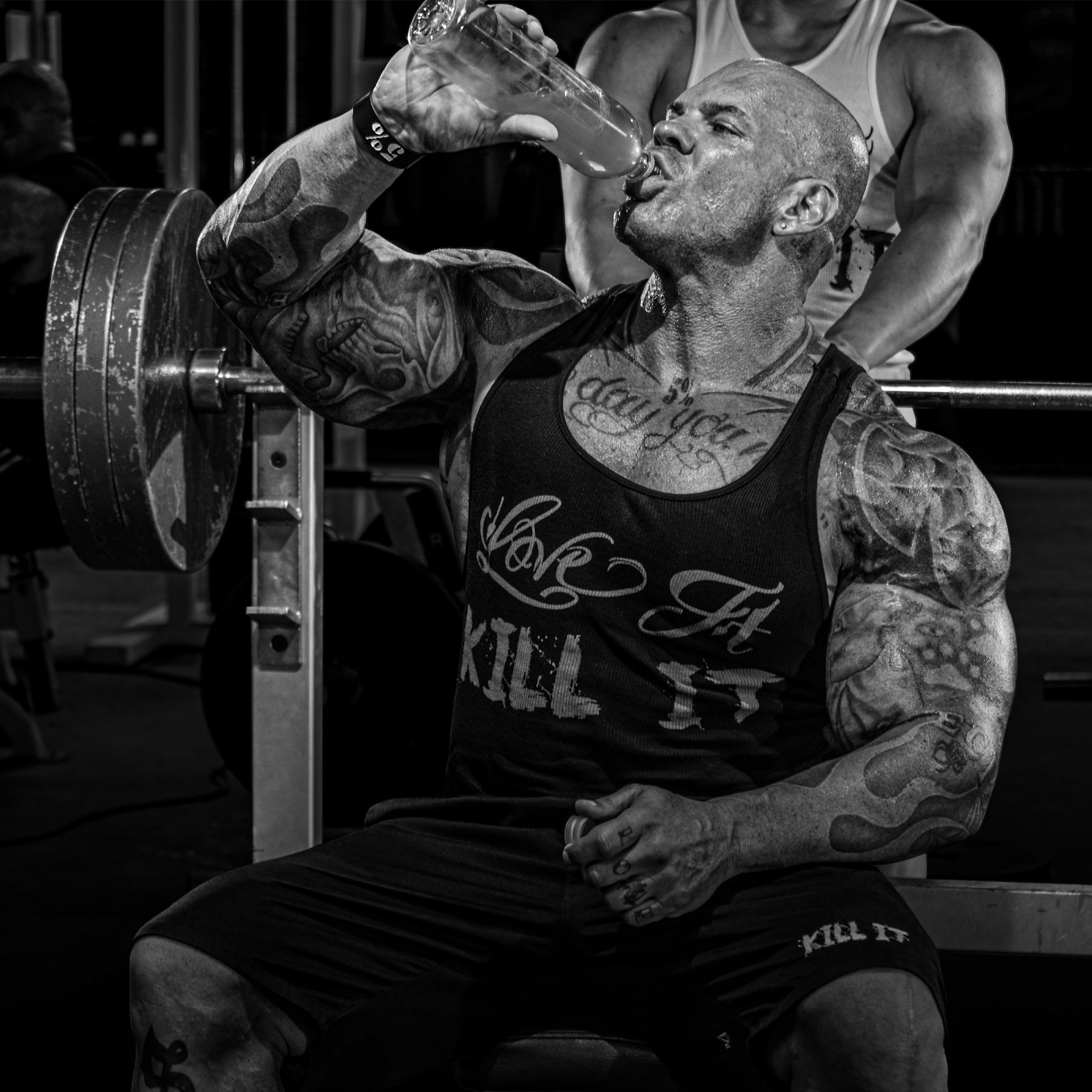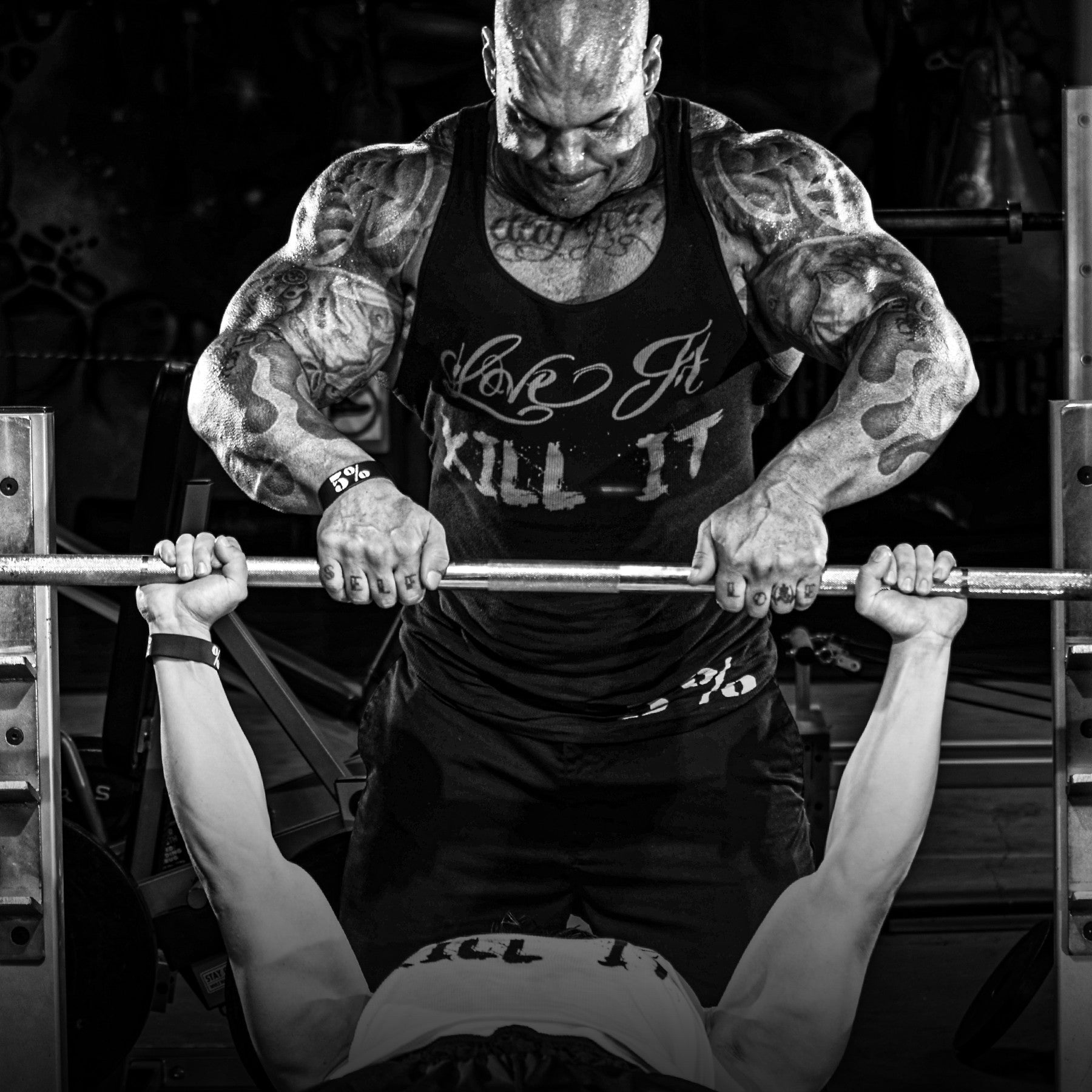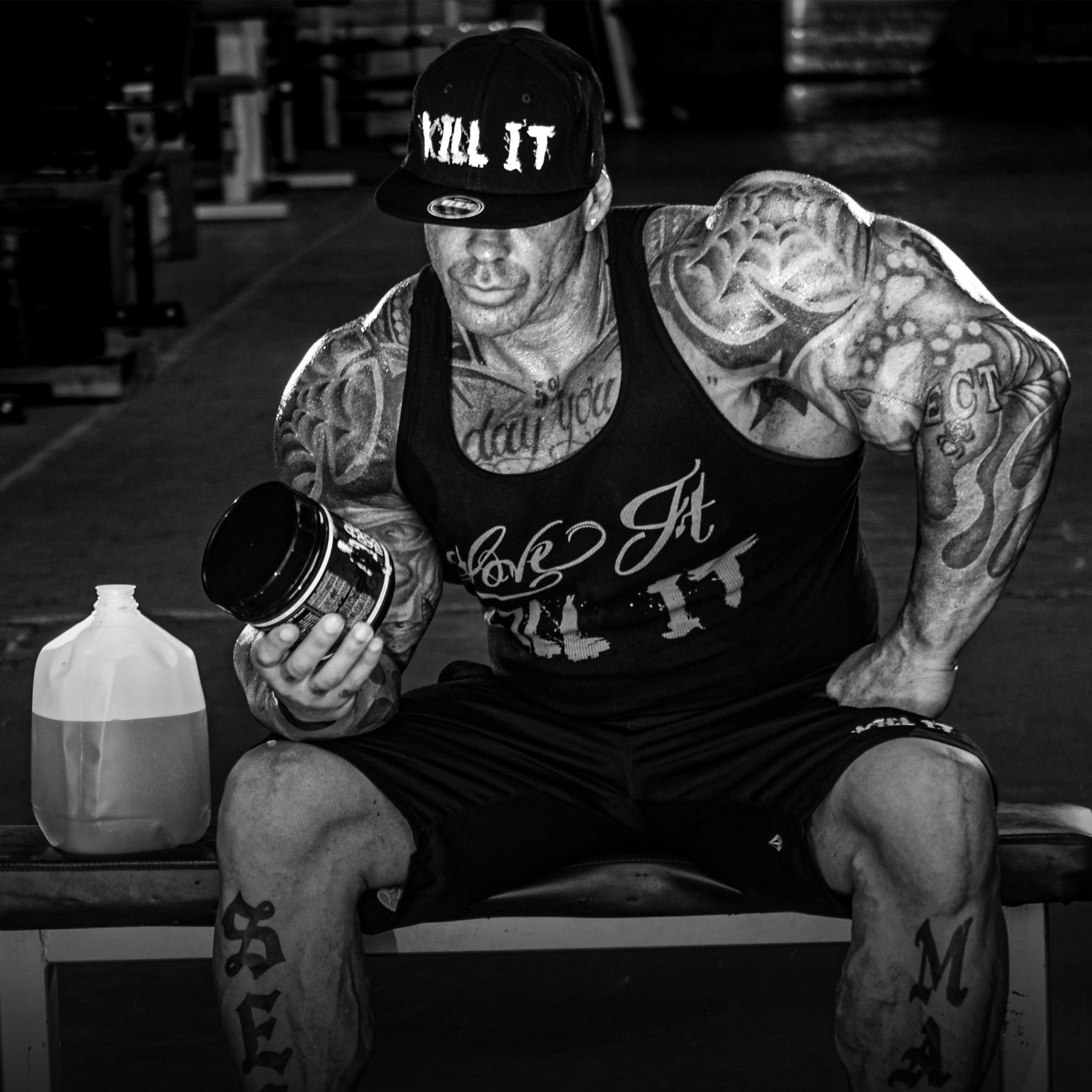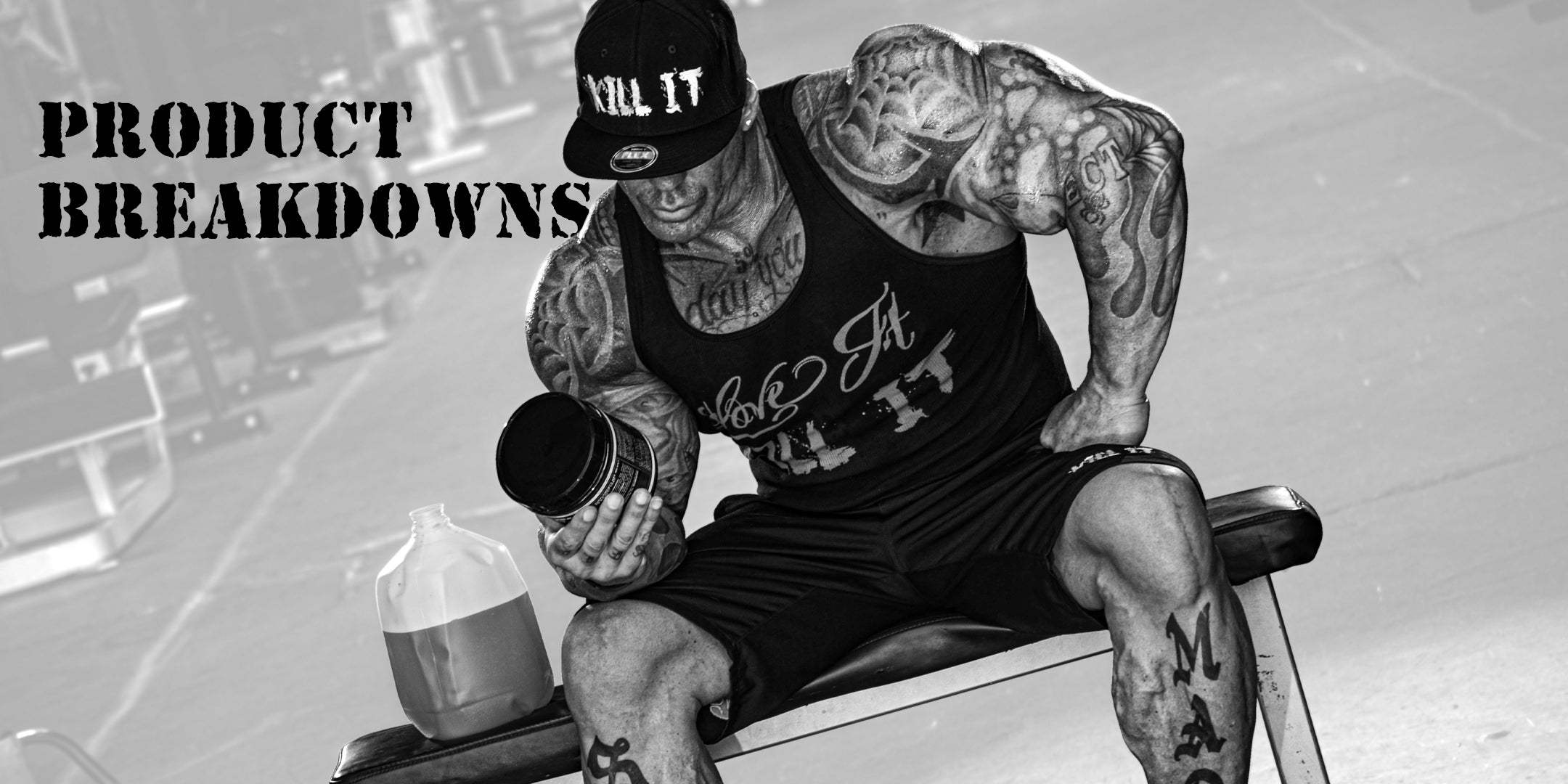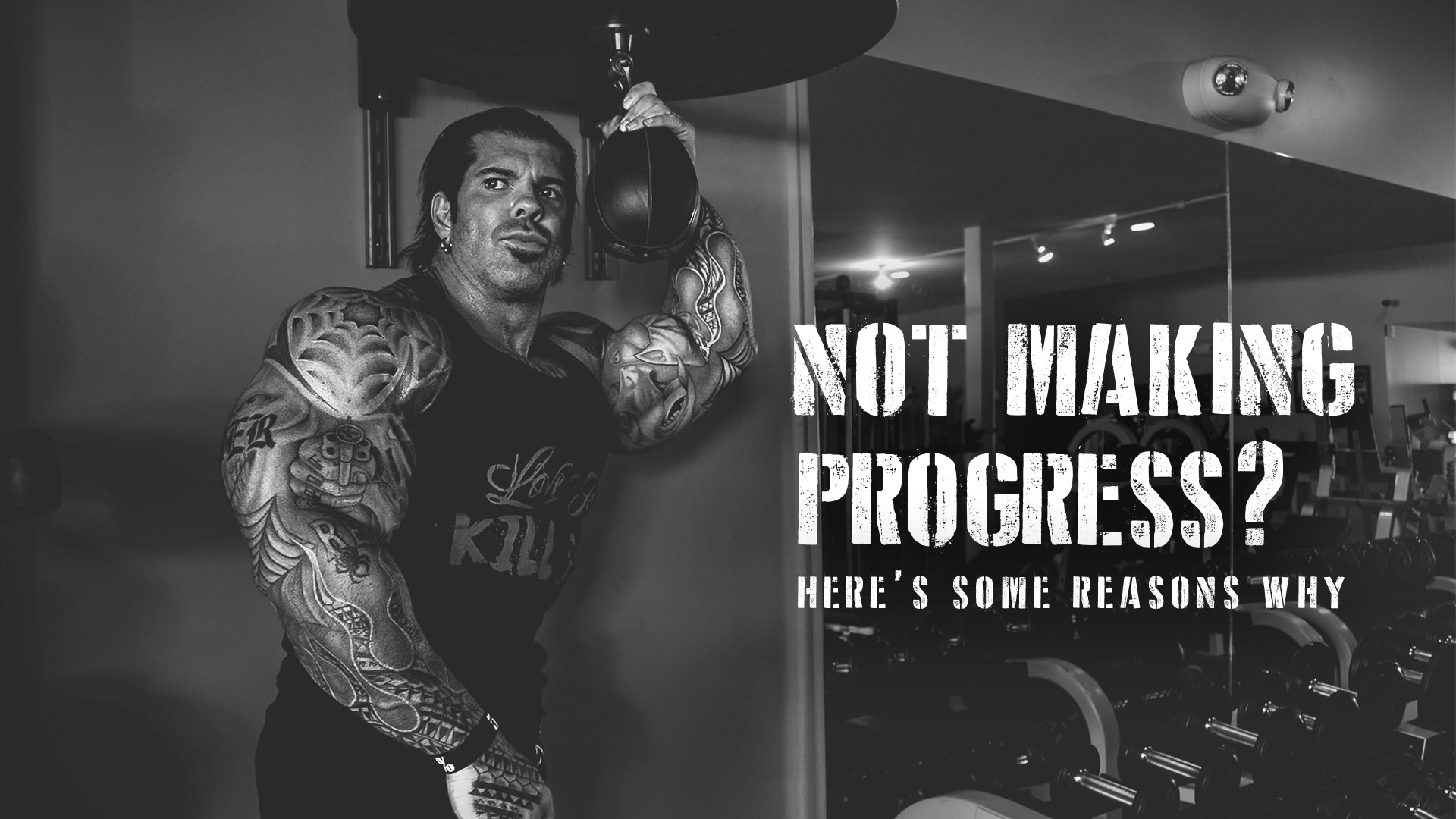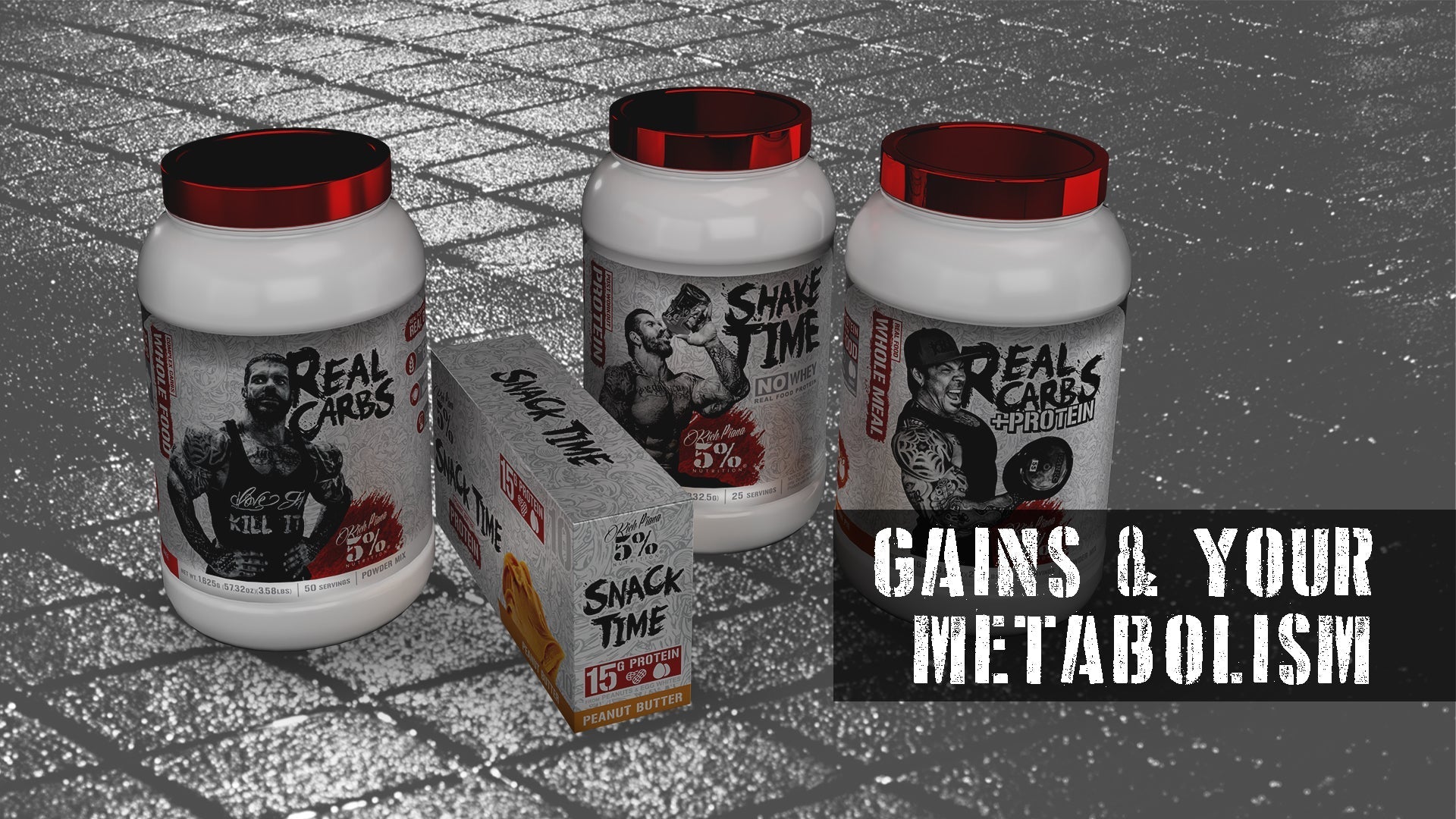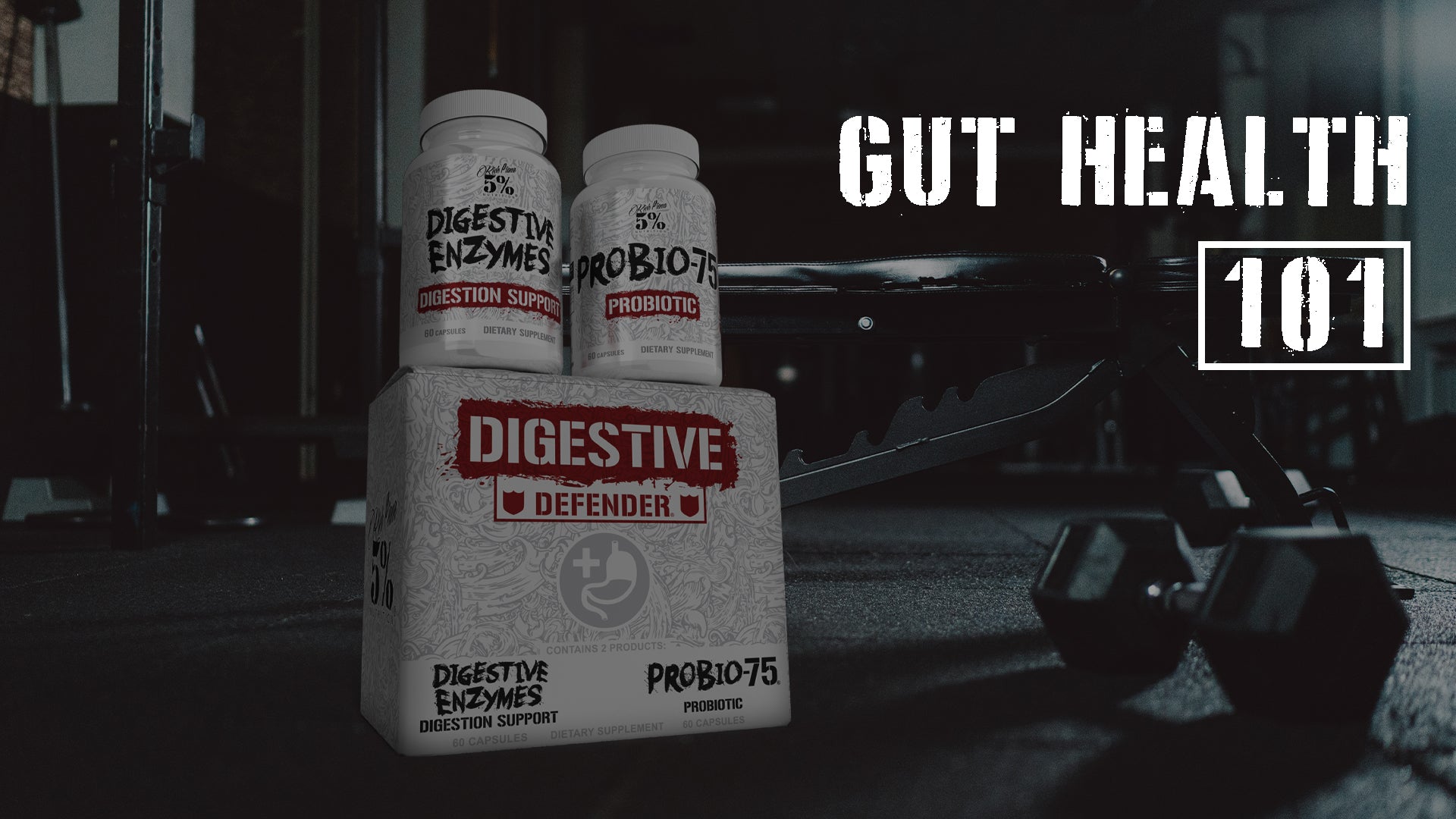Did you ever feel that it is easier for some people to build muscle than others? Does your buddy seem to gain muscle and strength faster than you do? Some people seem to grow just lifting their Real Carbs + Protein shake. Others have to work their butts off to come anywhere near the same progress. Genetics, to a great extent, determines how easy or hard it is to build muscle and strength. In this 2-Part Series, we will look at Your Genetic Potential - How Big Can You Get Naturally?
Genes That Affect Muscle Growth
Genes affect muscle growth through either the gain or loss of their function. Over 40 genes have been studied in terms of their impact on muscle growth. Listed below are some of the more influential ones.
MSTN
This is the gene that gives the body directions on making the myostatin protein. It’s part of the transforming growth factor beta (TGFβ) superfamily of proteins that regulate growth and development throughout the body. Myostatin is mostly found in skeletal muscles. The primary role of myostatin is to effectively put a limit on muscle growth.(1,2)
Of course, 5% Nutrition has a product that may help - Bigger By The Day. Besides a 1,000 mg dose of turkesterone, this innovative natural muscle builder also features epicatechin. This is an ingredient that supports nitric oxide production, and more to the point, inhibits myostatin production.
ACE
This gene provides directions to the body on making angiotensin-converting enzyme, a protein that converts the hormone angiotensin I into angiotensin II. This has a couple of functions. It helps control blood pressure, and it influences skeletal muscle strength. This gene appears to be dominant in elite athletes. It promotes more speed in endurance athletes.(3,4)
ACTN3
This is a protein found in fast-twitch muscle fibers. There are two key considerations concerning this gene. First, elite bodybuilders and athletes have a superior version. Second, many people, including some lifters, may have a defective version. That means your strength and power will suffer. You should still lay a strength foundation, but an answer is to train for the pump, using moderate weights, as Rich advocated. With that type of training, your overall strength will not be as much of a factor.(4,5)
Asb15
This is a gene that’s primarily found in skeletal muscle. This gene plays a role in protein synthesis. Of course, that’s a direct trigger of muscle growth. It is one of the more important genes involved in building muscle.(6)
Klf10
Klf10 is part of the Krüppel-like family of transcription factors. These factors play an indirect role in muscle fiber size, the metabolic activity of muscle, and how the sarcomere is organized. The sarcomere is the contractile unit of muscle fiber. Klf10 is involved in maintaining homeostasis of the contractile action of skeletal muscle fibers.(7)
Tpt1
This is a multifunction protein that regulates cell growth and metabolism. It’s also involved in protein synthesis.(8)
The Decline Of Testosterone
As we know, testosterone plays a key role in muscle growth. We also know that it declines as we get older, beginning in our mid-20s. Therefore, the older we get the more this hormone negatively impacts growth potential. In this case, 5% Nutrition has a solution with TEST Test Booster, Core D-Aspartic Acid, Core ZMA, and Core KSM-66.
So far, we’ve seen that while several things are beyond our control, there are a few key 5% Nutrition products we can use to help offset genetics. In Part 2 of Your Genetic Potential - How Big Can You Get Naturally, we’ll look at other factors that affect your potential. We’ll also present some training, nutrition, and 5% supplement solutions!
References:
- https://medlineplus.gov/genetics/gene/mstn/#resources
- Esposito, P., Picciotto, D., Battaglia, Y., Costigliolo, F., Viazzi, F., & Verzola, D. (2022). Myostatin: Basic biology to clinical application. Advances in clinical chemistry, 106, 181–234. https://doi.org/10.1016/bs.acc.2021.09.006
- Costa, A. M., Silva, A. J., Garrido, N., Louro, H., Marinho, D. A., Cardoso Marques, M., & Breitenfeld, L. (2009). Angiotensin-converting enzyme genotype affects skeletal muscle strength in elite athletes. Journal of sports science & medicine, 8(3), 410–418.
- https://medlineplus.gov/genetics/understanding/traits/athleticperformance/
- Eynon, N., Hanson, E. D., Lucia, A., Houweling, P. J., Garton, F., North, K. N., & Bishop, D. J. (2013). Genes for elite power and sprint performance: ACTN3 leads the way. Sports medicine (Auckland, N.Z.), 43(9), 803–817. https://doi.org/10.1007/s40279-013-0059-4
- McDaneld, T. G., Hannon, K., & Moody, D. E. (2006). Ankyrin repeat and SOCS box protein 15 regulates protein synthesis in skeletal muscle. American journal of physiology. Regulatory, integrative and comparative physiology, 290(6), R1672–R1682. https://doi.org/10.1152/ajpregu.00239.2005
- Kammoun, M., Pouletaut, P., Morandat, S., Subramaniam, M., Hawse, J. R., & Bensamoun, S. F. (2021). Krüppel-like factor 10 regulates the contractile properties of skeletal muscle fibers in mice. Muscle & nerve, 64(6), 765–769. https://doi.org/10.1002/mus.27412
- https://www.proteinatlas.org/ENSG00000133112-TPT1
